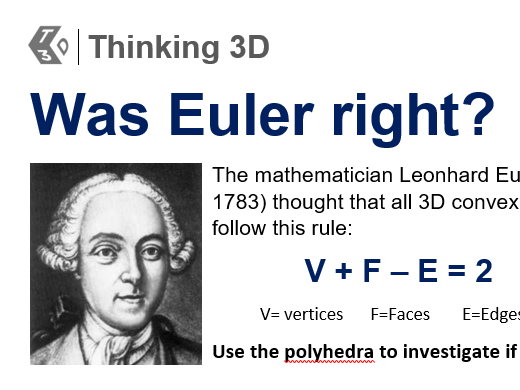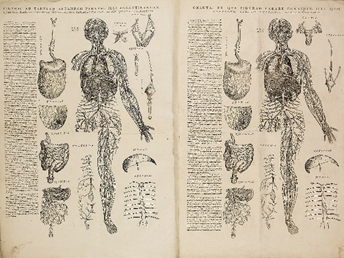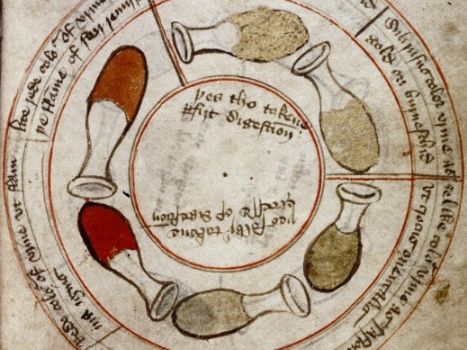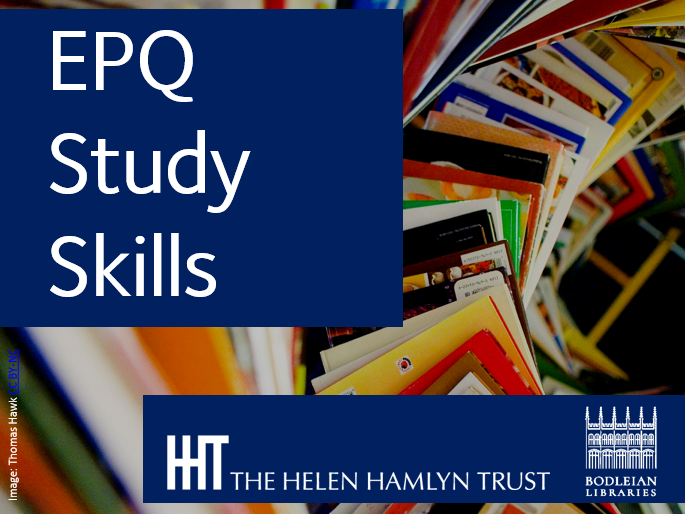9Uploads
3k+Views
6k+Downloads
All resources

Make your own Mini Theatre
Build your own mini-theatre using our A4 template, add your choice of scenery backdrop and then stage your own plays using a selection of Shakespeare character finger puppets.
The resource includes a cut-out template for a finger-puppet theatre, three different scenery backdrops, for you to colour in, and a selection of finger puppets based on characters from Shakespeare plays. Once built, there are endless creative possibilities including recreating scenes from Shakespeare to staging your own scripts.
The theatre template is best printed on thin A4 card, rather than paper. Instructions for folding our the theatre are printed on the template. Adults should make the two cuts needed for the stage with a craft knife, before giving the template to younger children.
We have included three backdrops and some finger-puppet templates. These are all public domain images.
This resource was originally developed as a family activity as part of events at the Bodleian Libraries to mark the 400th anniversary of Shakespeare’s First Folio. We found it was highly popular with everyone: Primary school age children, university students and older adults alike!

Senet: an exciting Ancient Egyptian board game
Make and play your own Ancient Egyptian board game. Senet is a game for two players competing be the first to get all their game pieces off the board. The word ‘Senet’ (or ‘Senat’) translates as ‘passing’ and refers to gameplay where pieces leapfrog over others. The game was popular in Ancient Egypt, dating from at least 2600BCE.
Game sets with a similar design to this one have been recovered from royal tombs in the Valley of the Kings in Egypt and images showing the game being played have been found in wall paintings and papyrus scrolls. In the ancient text The Book of the Dead, a player is depicted playing Senet against an invisible opponent.
The game is played using the board on the top of the box. The game pieces pieces can then be packed away inside the box, forming a travel set; just what you need for your journey into the afterlife!
This resource contains a printable A4 net forming the game board, full instructions on how to make it and the rules of game play for a simple version of the game, suitable for KS2 pupils. It is best printed on thin card, but will also work with paper. To play the game you will also need ten game counters (5 in one colour and five in another). The Ancient Egyptians didn’t use dice but instead threw coloured flat-sided sticks. Four Lollipop sticks or wooden coffee stirrers will work well.
Our Senet kit was originally designed for the Exhibition Tutankhamun: excavating the archives which marked the centenary of the excavation of the tomb of Tutankhamun.

Locke Unlocked
A set of student resources and teacher notes to support the teaching of 6 key philosophical ideas from John Locke’s An Essay Concerning Human Understanding (1689).
No Innate Ideas
Molyneux’s Problem
Primary and Secondary Qualities
Abstract Ideas
Substance and Substratum
Personal Identity
These resources support philosophical understanding and provide a range of activity suggestions teachers can choose from or adapt.

Creating 3D: Techniques to create the illusion of depth in 2D media
Creating 3D is a series of activities exploring techniques artists use to create the illusion of three dimensional depth on a flat page:
Overlap
Relative Size
One Point Perspective
Shade and Shadow
Each resource can be used as a standalone activity within a lesson, or combined to form a sequence in order to build a progression of techniques.
The final activity challenges pupils to draw a room using one-point perspective and the other techniques they have learned.
These resources were originally produced for use in school workshops for the Thinking 3D exhibition t the Bodleian Libraries, Oxford. The exhibition explored the influence of Leonardo da Vinci and his contemporaries on how people thought about and represented three dimensions in art, architecture, anatomy, astronomy and geometry. We have now made them available online for teachers to use in school.

Was Euler Right? A Maths Investigation
The Mathematician Leonhard Euler proposed that all convex polyhedrons followed a simple rule: Vertices + Faces - Edges = 2.
In this investigation, children build a series of regular polyhedrons and use them to test Euler’s hypothesis.
The bundle includes nets for the first five regular polyhedrons and and investigation sheet, explaining the hypothesis and providing a table for children to enter their results and space to record their conclusion.
This resource was originally produced to accompany the Bodleian Libraries’ ‘Thinking 3D’ exhibition. It has been tried and tested with school groups as well as in events for the general public.

Build a Body : Vesalius, dissection & anatomy
This resource enables students to build their own anatomical model based on the ones included in Andreas Vesalius groundbreaking 1543 work Epitome. This was a shortened version of his 700-page De humani corporis fabrica, an atlas of the human body based on Vesalius’ own postmortem dissections.
The Epitome included teaching illustrations rendered in painstaking detail made from direct observation, giving readers a revelatory insight into the reality of human anatomy. Vesalius included the revolutionary feature of paper manikins that readers could cut out an assemble. He intended these to reveal the three-dimensional complexity of the body, and the relationship between organs, in a similar way to that uncovered through the process of dissection.
This simplified self-assembly model is reproduced in the same style as the original, using Vesalius’ illustrations. The accompanying questions prompt students to consider the significance of the models in their historical context.

Moments in Medicine
A suite of free resources to support the teaching of medicine and public health topics in GCSE History. Each resource focuses on a key primary source from the collections of the Bodleian Libraries in Oxford. Contextual information enables students to explore the historical significance of each source. Questions provide an opportunity for students to explain the importance of the document to the development of public health.
These resources were produced and are made available through the generosity of the Helen Hamlyn Trust.
List of resources
The Canon of Medicine (Ibn Sina)
Medieval Herbarium from the Abbey of Bury St Edmunds
Medieval Uroscopy
Pharmacopoeia Londinensis
Micrographia (Robert Hooke)
The Pisse Prophet (Thomas Brian)
Communication of Cholera (John Snow)
The Antiseptic System (Joseph Lister)
The New National Health Service (Ministry of Health, 1948)
New for 2021-22
A Letter to recommend in and out patients (St George’s Hospital, 1848)
Notice of the Requirement of Vaccination (1897)
Polio vaccination poster (Ministry of Health, 1958)**

Civil War Ciphers
A resource exploring the history of text ciphers, focusing on those used during the English Civil War. Pupils decode and use actual ciphers used during the Civil War and drawn from the collections of the Bodleian Libraries in Oxford.

EPQ Study Skills
A suite of presentations to support the teaching of study skills and developed as part of the popular OxLibris programme from The Bodleian Libraries. Designed for sixth form students researching for their Extended Project Qualification (EPQ), these resources are applicable to anyone tackling academic research for the first time.
Topics include:
Effective online research
Evaluating online resources
Using Cornell Notes
Avoiding Plagiarism
Referencing your sources
These resources are provided freely to schools by The Bodleian Libraries and were created through the generous support of the Helen Hamlyn Trust.









